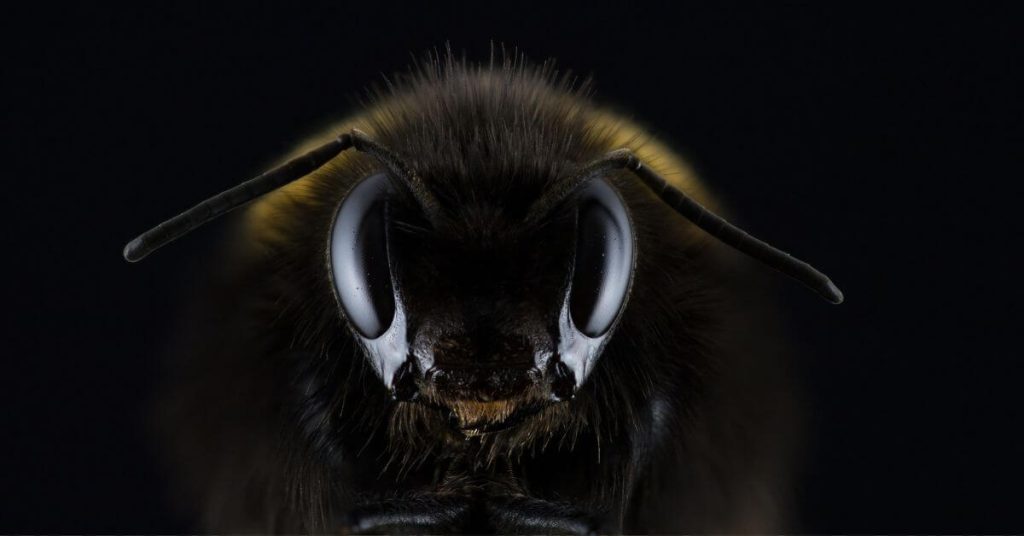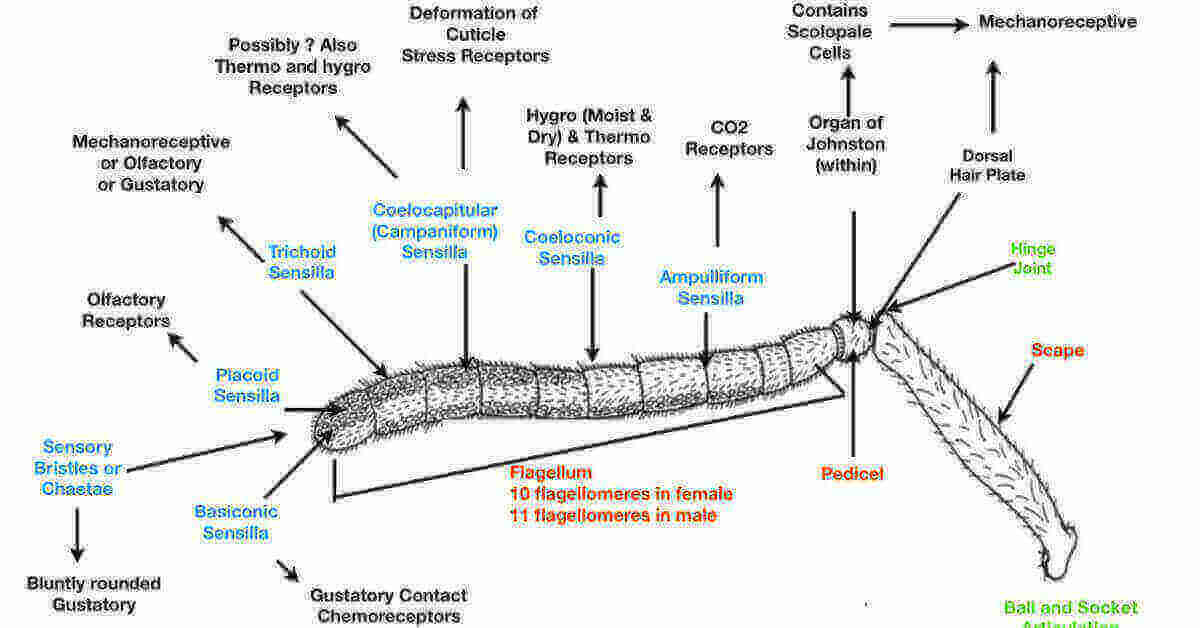The answer is simple: ’’No’’ bees have no ears. But how can bees have hair with no ears? This question is essential. Which organ is used for hearing? Or can bees hear? Yes, bees can hear sound by using antennae and hairs that are present in their body.
How can bees hear?
As humans, we use our two ears for hearing. But bees have no ears, and bees use their antennae and hair as a source of hearing. Bees feel the sound. Antenna limits the frequency, which helps bees to detect sound.
The lowest average frequency of hearing of bees is 450 Hz. And the highest frequency is 900 Hz. While the human lowest average is 20 Hz, and the typical hearing frequency is 240 Hz. When something vibrates, we hear sound. Sound can travel through the air. Humans can hear a loud noise, but bees hear more than humans. Bees can hear in the range of 150 to 220 decibels of loud sound. This range is harmful to humans.
Humans vs bees hearing process

Human and bee hearing processes differ in any process. Humans have ears. When sound enters the ears, the sound touches the eardrums, which produce vibration. Any other process is complete, and humans can hear sound.
Bee uses an antenna and some sound detection organs in her legs for hearing. When bees get food, their wings make a lot of noise.
Honey bee hearing vs bumble bee hearing
Honeybees, Mason bees and bumblebees both have the same sound detection system. But you know, most people like honey bees, so many researches on honey bees confirm that honey bees dance communication. But bumble bees can feel vibration instead of dance.
Johnston organ
The Johnston organ is also known as an antenna, the central heating system in bees. Where is it located, and how does the Johnston organ work? Answer: it is located on a bee’s head and attached to the flagellum. Johnston organs and subgenual organs are used for sound detection. Let’s confirm about subgenual organs: it is the second hearing instrument on bees in the tibia area. His function is to pick up sounds and translate them.
How can we talk with bees?
Researchers proved that honey Bees have been respected throughout history. With time beekeepers today are so sharp they treat bees like family members. They speak respectfully to the bees. Beekeepers do this with patience when extracting honey from the hive. Today we talked with cats and dogs because they know we train these animals. Just like that, beekeepers train bees to talk to him.
How can bees pick the sound?
Bee’s sound-picking process is different from humans. Bee uses two ways to pick the sound. The first is airborne, and the second is subtract borne. Airborne vibration occurs at this time when bees buzz their wings. The vibrations produced by the substrate refer to the sounds of bees on which they are located.
Bees communication system
Bees communicate with each other using an airborne vibration process. When forager (worker) bees find food, they contain the airborne process as a communication source. The waggle dance is the second communication process in which workers find food and perform a waggle dance to signal the food to others. This process is continued until 30 to 40 seconds. Queen bees create vibration with their colony to produce sound.

Intra-specific communication system
It is another process in which bees connect. The primary function of intra-specific is to involve those processes which transmit signals into the honeycomb. Worker bees produce stop signals, and queen bees produce quick signals. The average frequency of these signals is 300 to 500 hertz. This process of communication is also known as tactile communication. Tactical communication is a positioning process that helps bees provide the location and find food. How can bees find the location? Bees use their antennae and eyes to find their location when other bees signal for food.
How do bees use his sound?
Bees use their sound as a source of communication. As humans, we use our mouths to speak, but bees cannot speak, so bees use sound to talk to each other, which is generated by the antenna. Bees touch each other’s antennae to communicate.
Do honeybees have ears?
No, honeybees do not have ears in the conventional sense. They lack external ears like mammals do. Instead, they have specialized structures called Johnston’s organs located in their antennae, which allow them to sense vibrations and interpret sounds.
Do wasps have ears?
Wasps: Similarly, wasps do not have ears as mammals do. They, too, rely on specialized sensory structures located in their antennae to perceive vibrations and sounds in their environment. These antennae play a crucial role in their communication and navigation.
Related Articles
- How many legs does a bee have?
- How much honey does a bee make?
- Do Bees Sleep? How long do bees sleep?
- How many eyes does a bee have?
Information By Von Frish
In 1926 “The Sense of Hearing in Insects,” von Frisch described the auditory organs of various insects, including bees.
Von Frisch in his 1926 paper discovered that bees have a pair of tympanic organs, or “ears,” located on the first abdominal segment. These organs are sensitive to sound vibrations and can detect the frequency and intensity of sounds in the range of 100-5000 Hz.
Conclusion
Ears are important parts of the body that we use for hearing. Insects and humans have different hearing systems in nature. Bees have no ears. They use antennae and hair to hear good bees that can hear sounds louder than humans. Bees used antennae to communicate with each other.. Bees use waggle dance for signals. Honey bees use waggle dance for communication. Loud noises disturb bees.




